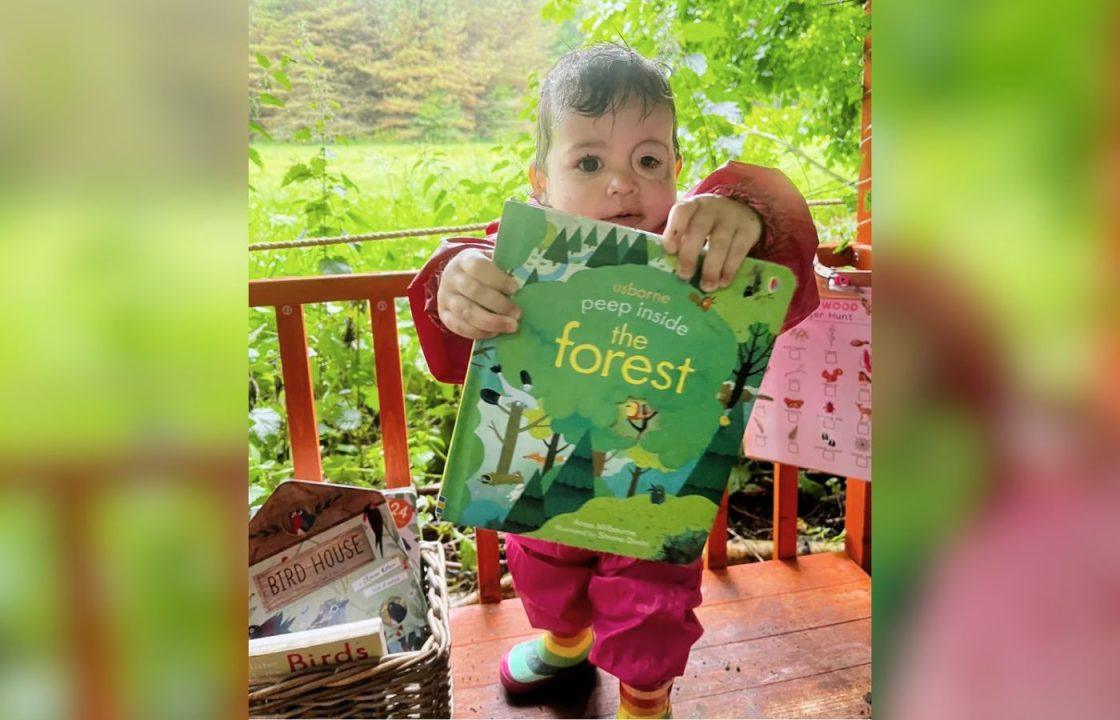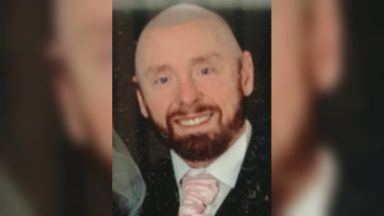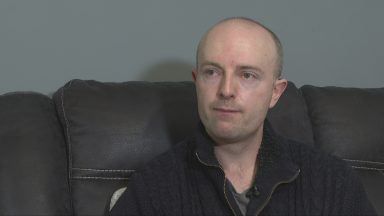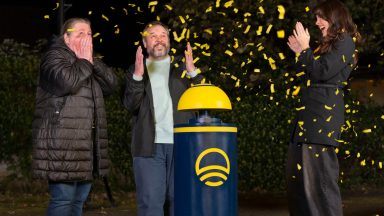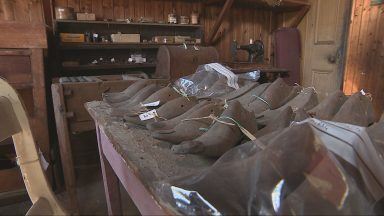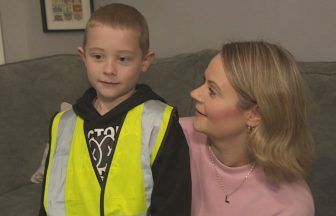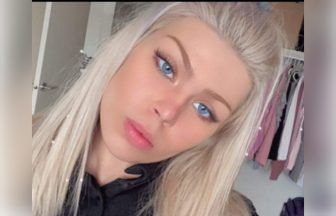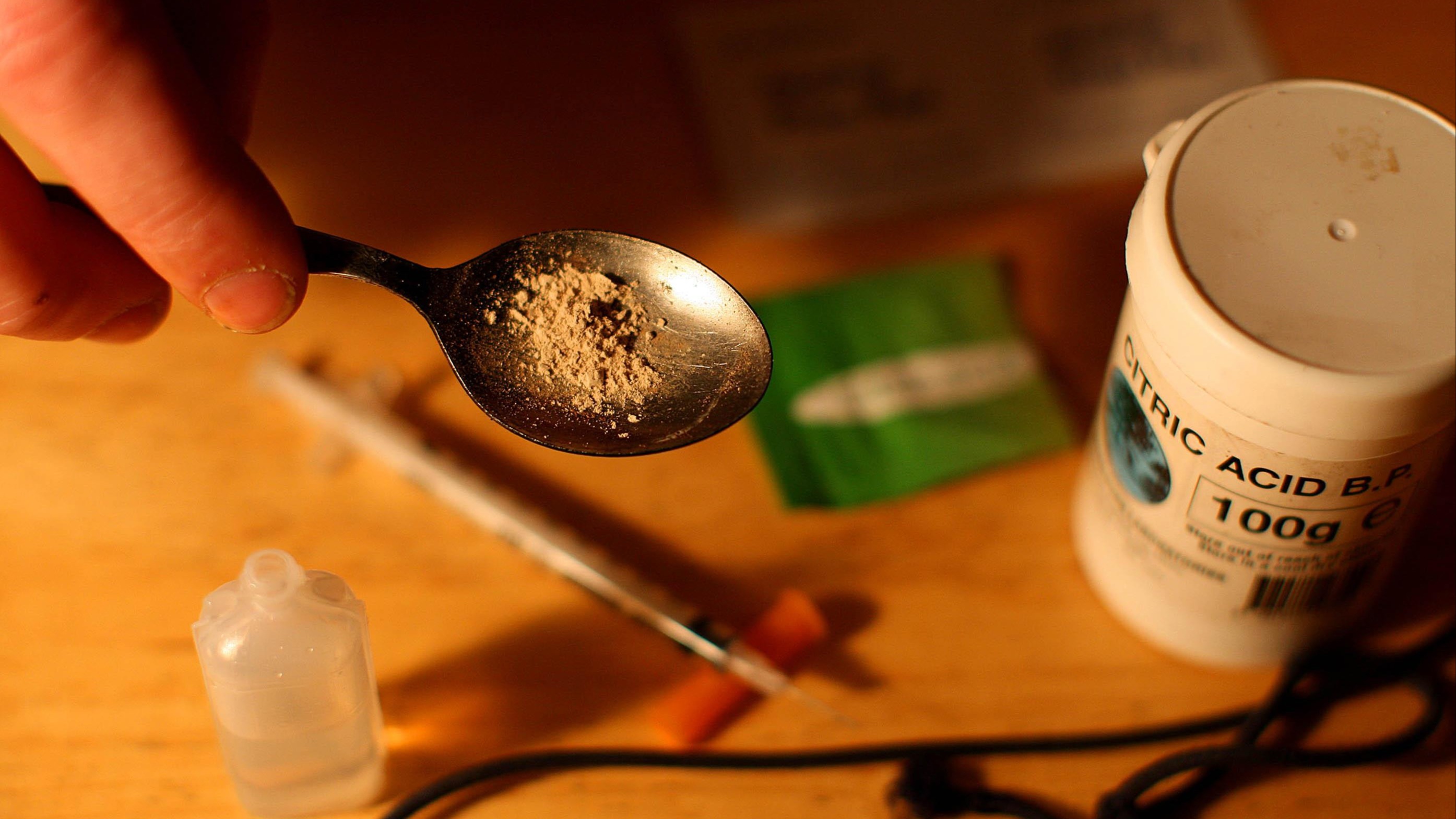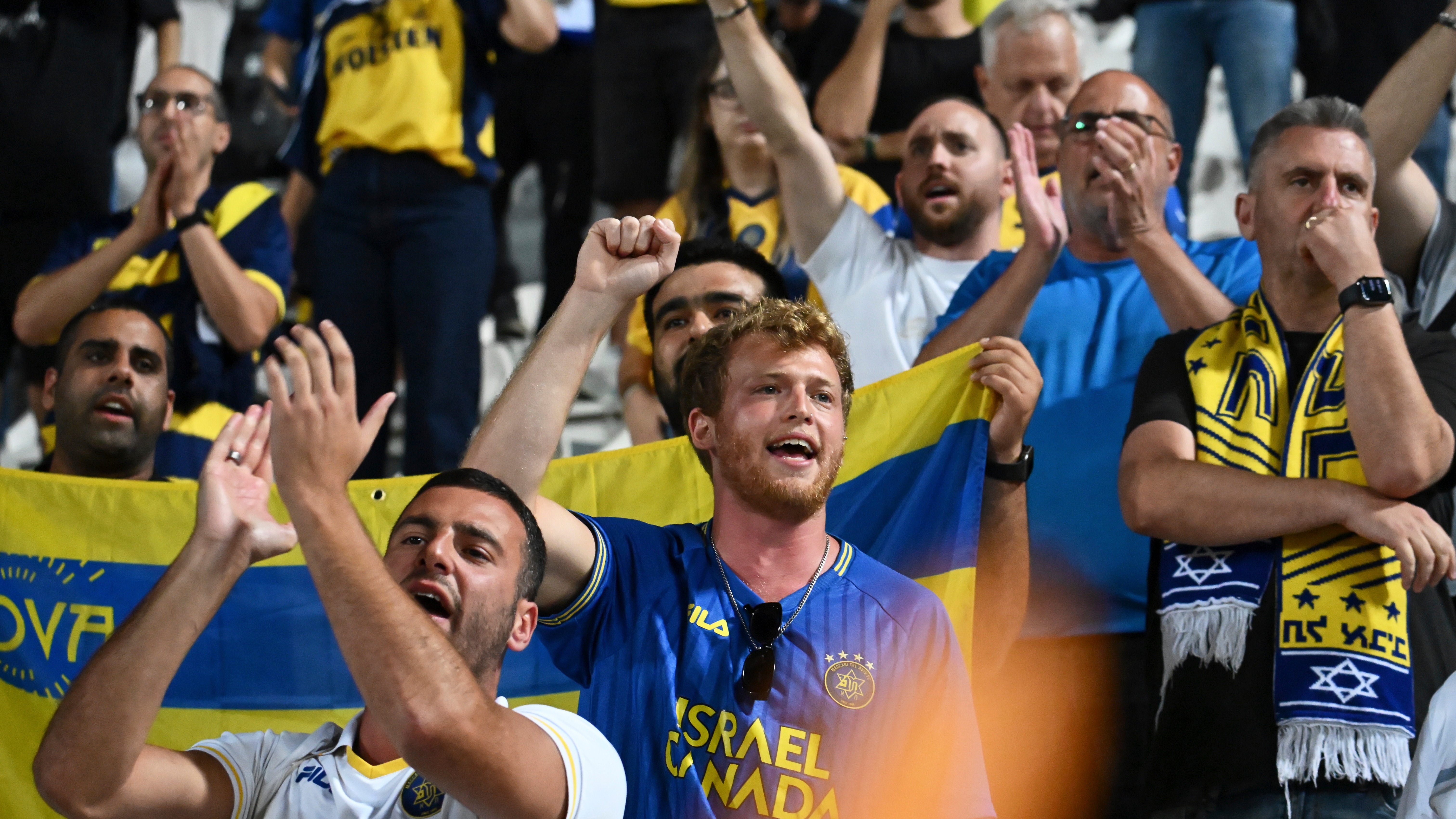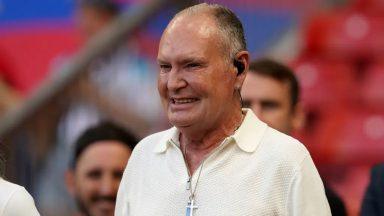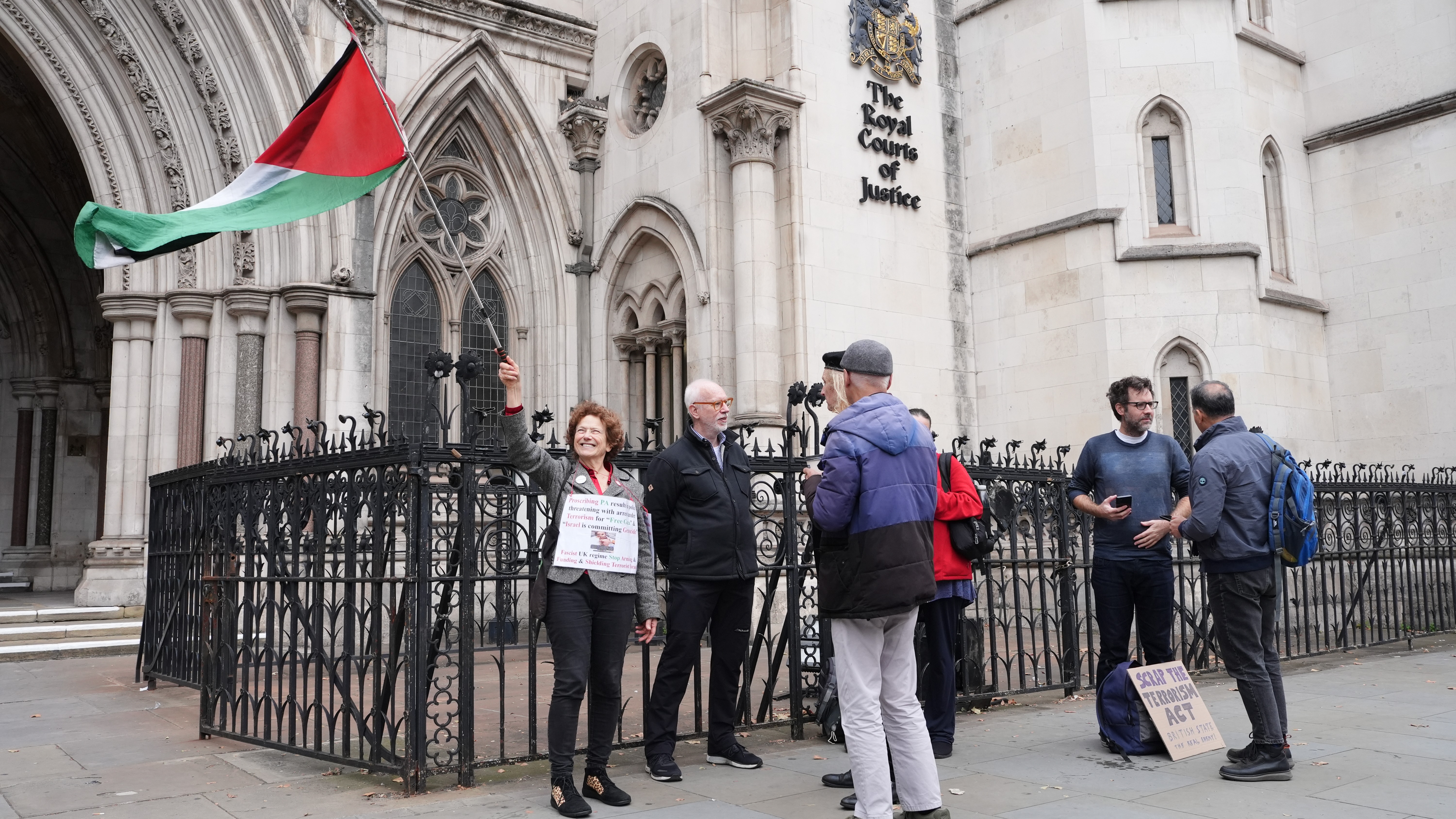Medics have used a novel way to design a prosthetic eye for a baby girl who beat an extremely rare form of cancer.
The prosthetic for 20-month-old Nuala Mulholland, from Liverpool, is only a little bigger than a pound coin.
The process of making it also meant the toddler did not have to go under anaesthetic, which was a “relief” to parents Megan Mulholland, 36, and Richard Mulholland, 39.
Nuala was diagnosed with a soft tissue tumour that affects about six people in England each year, when she was ten months old.
Mrs Mulholland first noticed that something was not right with her daughter’s eye in 2023, when it became bloodshot.
It was initially thought Nuala had subconjunctival haemorrhage, a usually harmless condition where a tiny blood vessel breaks underneath the clear surface of the eye.
But when the eye started to bulge slightly, Mrs Mulholland took her daughter to hospital and days later the family were told she had cancer.
“It was just horrendous,” Mrs Mulholland said. “When I took her to A&E, I still didn’t think it was something as serious as cancer.
“When they called to say after her MRI it was a tumour, it was devastating.”
Nuala, who has a big brother Jack, nine, eventually had her eye removed and was given the all-clear in January.
Doctors used a novel method to design and make her prosthetic eye, which was less invasive than traditional methods, because of her age.
Nuala’s surgeon, Ankur Raj, a consultant in paediatric ophthalmology at Alder Hey, worked with the prosthetics team at Aintree University Hospital.
Patients who require this type of prosthetic usually face a lengthy process of having a wax mould taken of the eye socket, which is then turned into a silicone mould.
Mr Raj told PA: “You need to sit there for hours – you’re not going to get that with a one-year-old.”
In Nuala’s case, the team took a series of MRI scans, CT scans and photographs to help them reconstruct her face.
The MRI and CT images were used to shape the prosthetic, while photographs were used to match it to the position of the other eye. Colour matching to Nuala’s skin was then carried out in person.
The process also meant Nuala would not have to have an anaesthetic for the mould.
“She’s been put to sleep about 15 times now so it was a relief to us,” Mrs Mulholland said.
Nuala had her first fitting for the prosthetic eye in June, and specialists are now doing further work on colour matching. Another fitting is expected to take place in August.
The family were advised that Nuala wear the prosthetic for a couple of hours each day so she can get used to it.
The team are also currently working on a wearing version for longer wear, Mrs Mulholland said.
Taran Malhotra, lead reconstructive scientist and specialist maxillofacial prosthetist at Aintree University Hospital, said: “Creating a prosthetic eye for Nuala was a unique experience.
“In the future, she can have orbital implants placed into her bone providing better retention, eliminating the need for any adhesive.”
As Nuala grows, the team will continue to create progressively larger prosthetics.
Mrs Mulholland said it is “amazing” what they have been able to achieve and praised the way her daughter has taken to her new prosthetic.
“Like everything she’s just adapted so well,” she told PA. “She takes a lot of it in her stride.
“She’s been really, really resilient – that’s what’s helped us get through. Three days after one of her operations we were in soft play.”
Nuala’s case was a career first for Mr Raj and many of his colleagues at Alder Hey’s ophthalmology department.
Alveolar soft part sarcoma is one of the rarest types of sarcomas. It can happen anywhere in the body, but usually affects the arms and legs.
According to Sarcoma UK, there are an average of six cases of alveolar soft part sarcoma diagnosed in England each year.
Mrs Mulholland said: “There was a lot of conversations between Alder Hey and a lot of other hospitals around the country.
“Once we’d established it was alveolar soft part sarcoma they told us it didn’t respond to chemo and the only way to cure her would be to remove the eye.”
Nuala’s parents were also given the option of radiotherapy, but that this could have a lifelong impact on their daughter because of her age.
Mr Raj said radiotherapy can be “quite a destructive process, especially for children”, adding: “Not only can it damage the eye it causes the orbit to not grow equally to the other side.
“The risk then is that that side of the face doesn’t grow properly, which is difficult to correct in the future.”
Mrs Mulholland said: “Basically, for us, we felt like we had to make a good decision from two bad choices – radiotherapy or removing the eye.
“It felt like a rock and a hard place. We had to make the best decision for her.”
Mrs Mulholland said she has had to get used to people noticing Nuala but welcomes people asking questions.
“My husband’s always been brilliant but I’ve felt vulnerable,” she told PA. “I’ve had to build up to taking her out without her eye patch.
“I could see people looking and then looking away, like they hadn’t seen her, rather than engaging with her like you would any baby.
“A lot of the time there are children asking and I don’t mind at all – I’m happy to share her story. It’s better to ask what’s happened and take a general interest.”
Nuala has now learned how to walk and has started nursery.
Mrs Mulholland said: “She’s had some problems with learning to walk but she’s mastered it now.
“In general she’s come on lovely. She’s doing everything you’d expect a 20-month-old to do.”
Mr Raj added that Nuala has been “fantastic at getting things done”.
“She just let us get on with it. She’s been phenomenal. The family as a whole have just been brilliant.”
Follow STV News on WhatsApp
Scan the QR code on your mobile device for all the latest news from around the country


